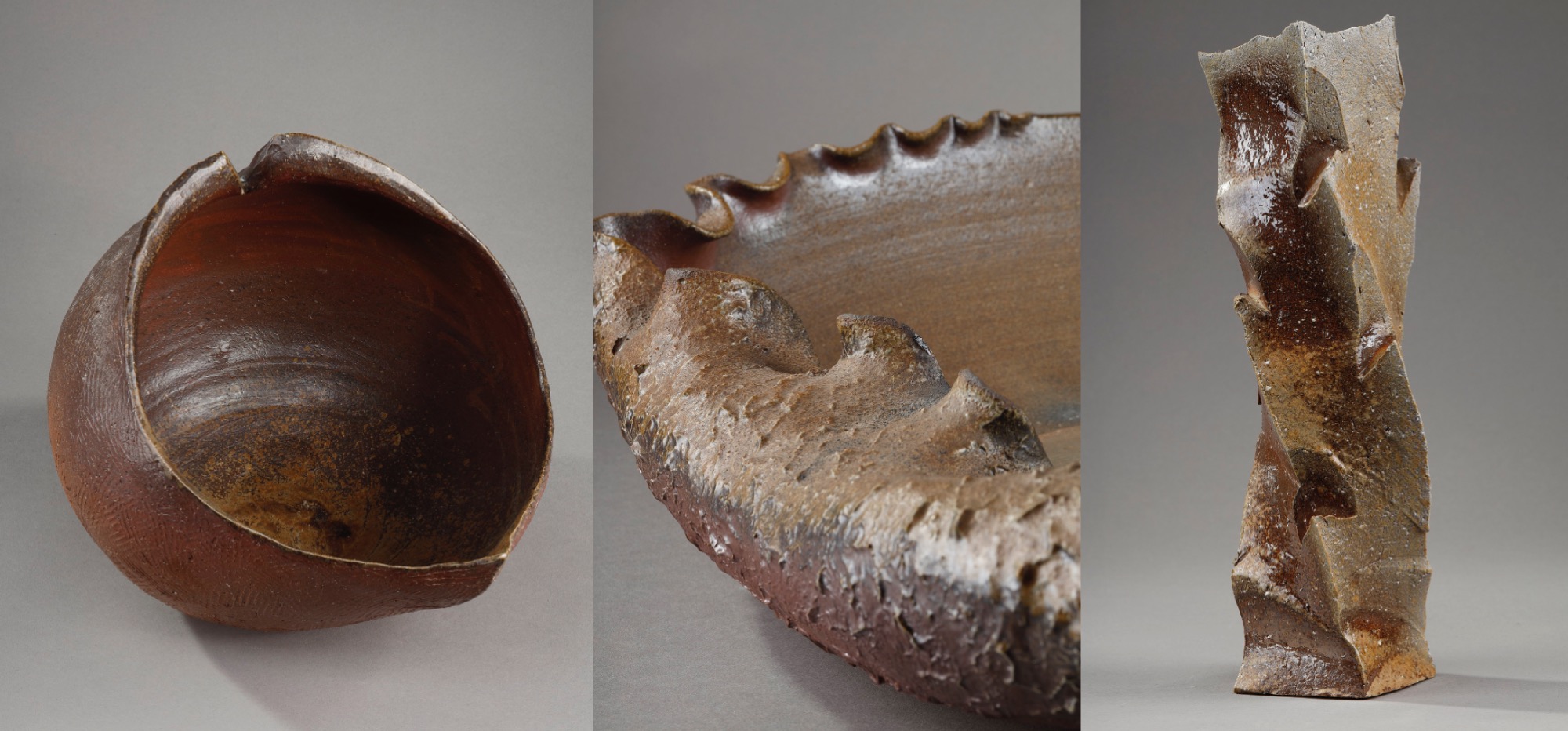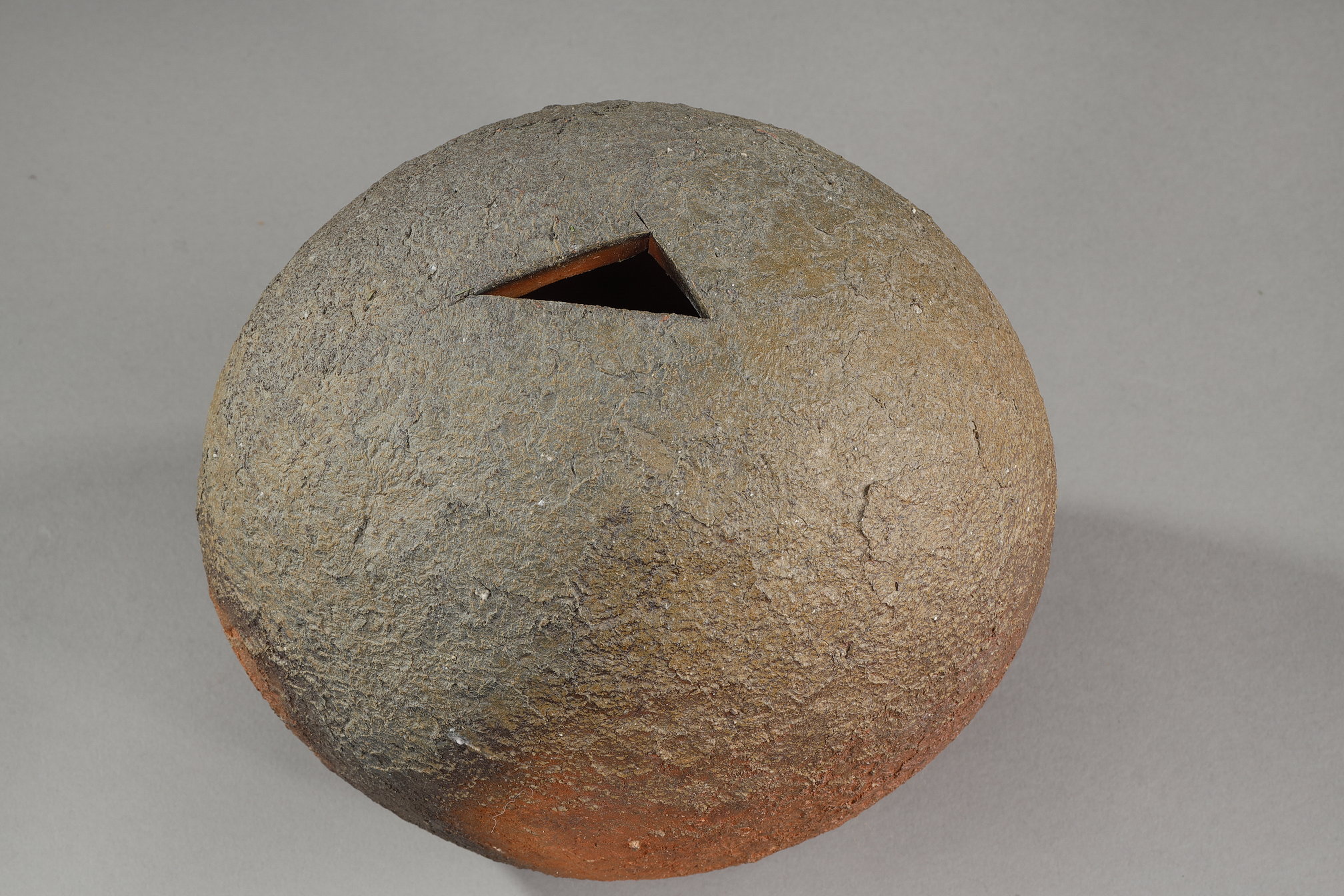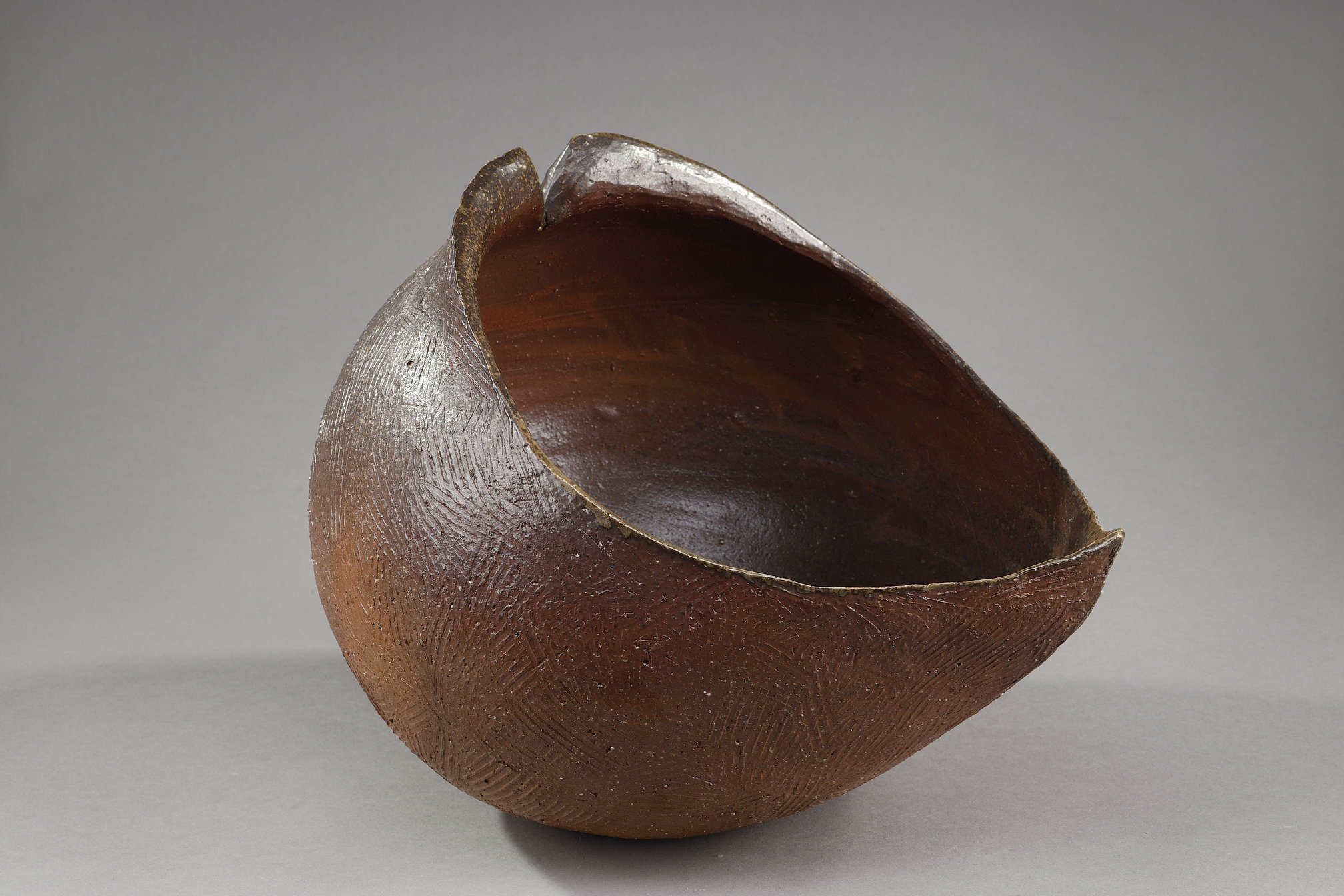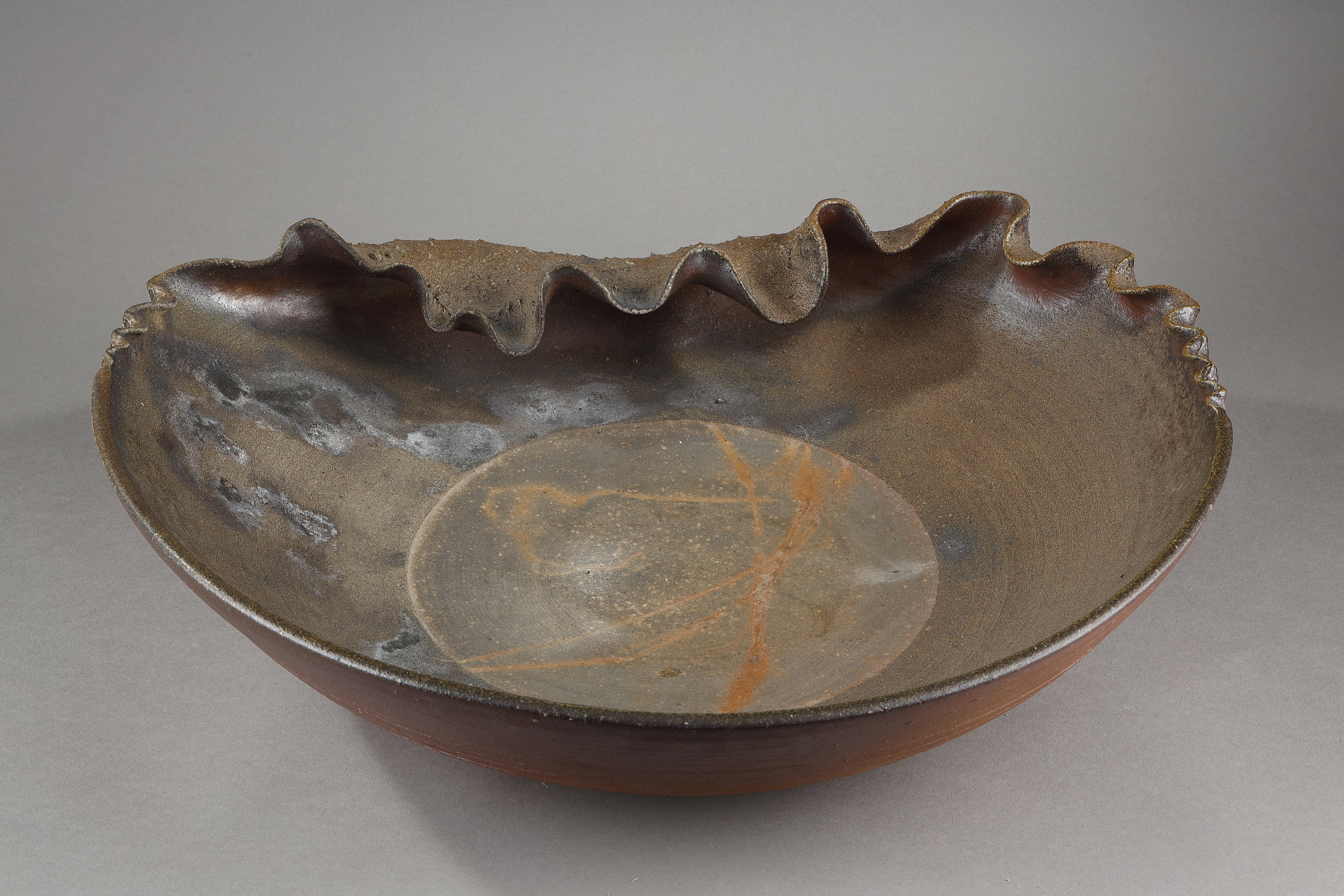Travel diary of Japanese arts and crafts
09.02.24
We've just returned from a long trip to Japan, a country where we lived almost 30 years ago - an eternity! We had to return to the place where we first met. Where it all began, where our eldest daughter Naomi was born. We had to rediscover the essence of our shared passion, understand our quest for aestheticism, our taste for work and service pushed to perfection, our admiration for millennia-old craft traditions and, above all, rediscover the evocative power of nature in the Arts.
Journey to Japan to discover Japanese Arts and Crafts
We met up with Emma, our youngest child, who had been living there for a year with craftsmen passionate about their ancestral craft, in Wajima on the Noto peninsula with an admirable woman mastering lacquerware, in Bizen near Okayama with Taïga san, a pottery artist, and in Kyoto to take part in the restoration of an ancient Kominka (Japanese house).
Our wish was to go far away into the depths of rural, artisanal Japan, still untouched by standardization and globalization, to get away from our comforts and habits, to let ourselves be carried away by the well-being of the Onsen, while respecting the decorum of these hot springs. To be captivated by the simplicity of our Ryokan rooms, and end up appreciating the rigor of our tatami mats. To have childlike fun wearing the Yukata, a traditional garment, for dinner, served like princes with an incessant ballet of delicious dishes, but above all served with an absolute concern for harmony and visual awakening.
It was impossible for us to return to Paris empty-handed, and this trip was also an opportunity to unearth in Matsuyama and Kyoto, but above all in Bizen with talented artists whom we were able to observe creating in their studios.
Creation by Bizen potters Baba Takashi and Mori Taiga - Japan - Objets d'art contemporains
Bizen pottery in Japan
Bizen pottery in Japan, produced from the Kamakura period (1185-1338) onwards, is characterized by its reddish-brown color and the ash deposit covering it, reminiscent of goma or sesame seeds.
Later, they became very popular for their superb clay quality, modest appearance, strength and ability to preserve water quality. During the Momoyama period (1573-1600), a gigantic kiln 50m long by 5m wide was erected in Bizen, and it was during this period that the masterpieces of tea ceremony pottery were created. Bizen pottery pieces are fired unglazed in a pinewood kiln for periods of 8 to 20 days. When the temperature reaches 1250°C, pinewood ash falls on the pieces, covering them with a natural glaze in different shades on each piece. Those fired under optimum conditions have a robust, heavy appearance, with a natural texture and an understated elegance. Bizen pottery is said to be modest and unassuming yet full of refinement, in the image of Japan. Bizen is located in Okayama prefecture, and the clay harvested from the commune's rice fields is of excellent quality, enabling potters to create exceptional works.
So we brought back from Japan a magnificent Bizen pottery basin and a sculptural soliflore by artist Taiga Mori, a large decorative dish by artist Baba Takashi, and a magnificent spherical Bizen pottery vase by artist Shibuta Toshiaki.
Japanese vase - Shibuta Toshiaki
Bizen pottery basin, Japan - Mori Taiga
Large Bizen pottery dish - Baba Takashi
Meeting with Japanese craftsmen
During our trip, we were lucky enough to meet several artisan potters:
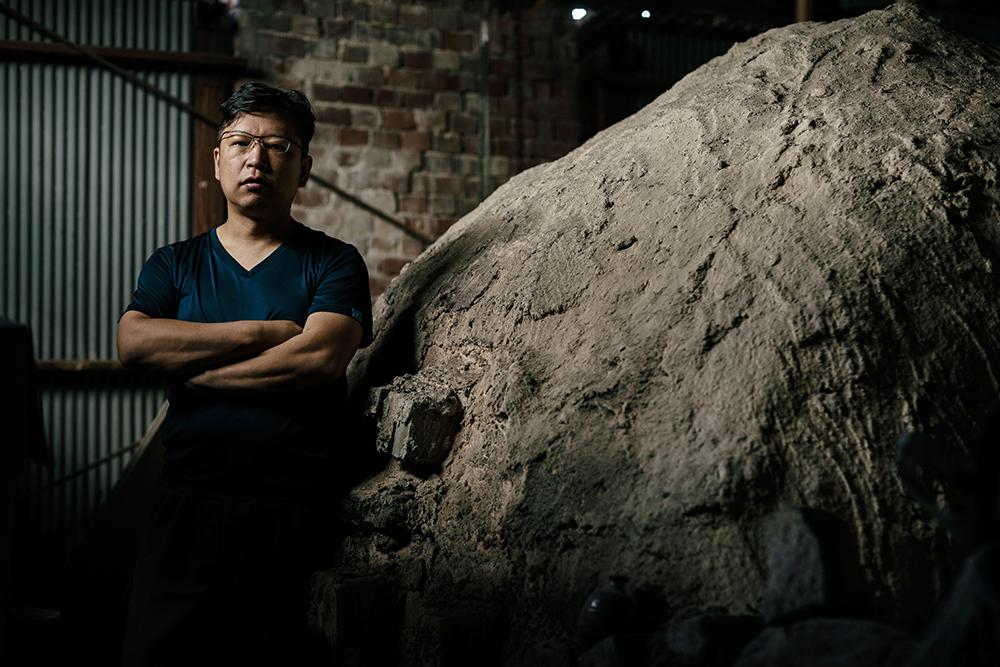
Mori Taiga was born in 1974 in Inbe, Bizen, and took over the kiln (Fuurai) from his grandfather, who himself came from a long family tradition of potters in Bizen. Taiga san has exhibited his work around the world and participated in the construction of an Anagama kiln in France at the Ecomusée La Tuilerie de Pouligny.
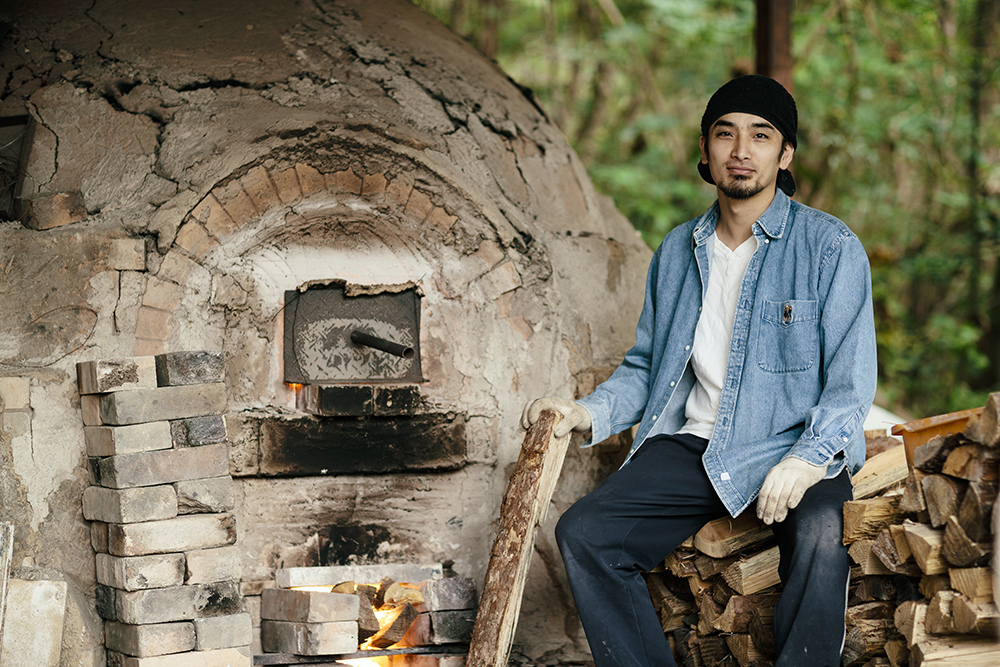
Baba Takashi was born in 1983, the son of artist Shosuke Baba. He studied at Tokyo University of the Arts, then quickly expressed his talent with exhibitions in Japan, China and London.
Shibuta Toshiaki was born in Hyogo, Japan, in 1957. He began working in Bizen in 1983 and has won several awards, notably at the Tanabe Art Museum's exhibitions dedicated to the Japanese tea ceremony. He took part in the construction of an Anagama kiln in France at the Ecomusée La Tuilerie de Pouligny, where he taught the age-old techniques of unglazed firing.


